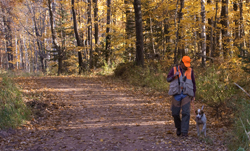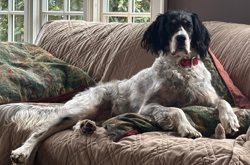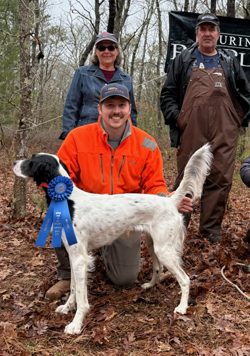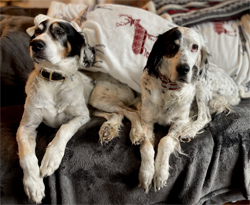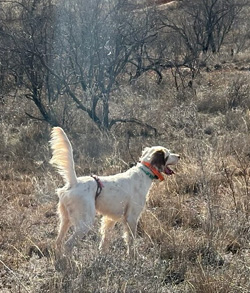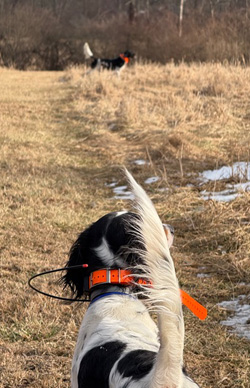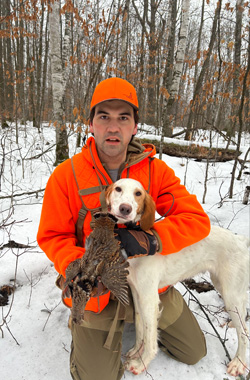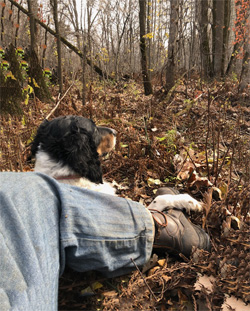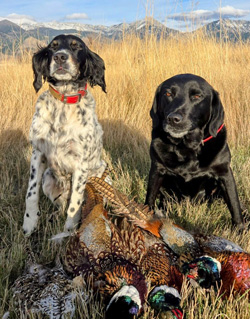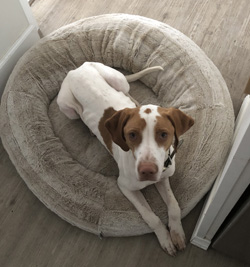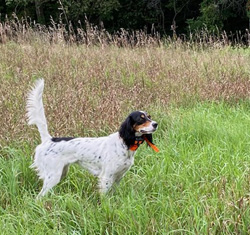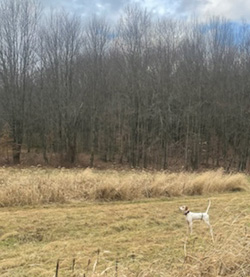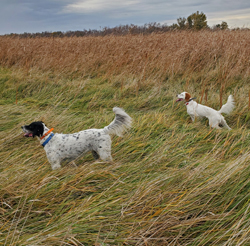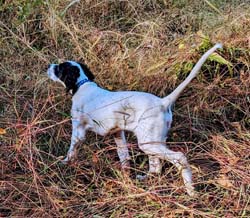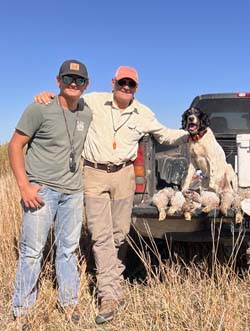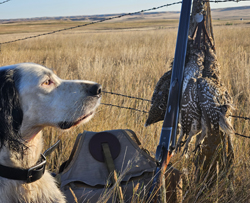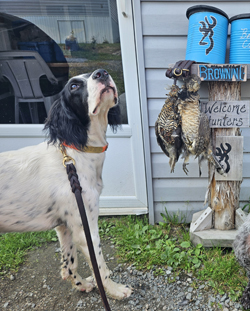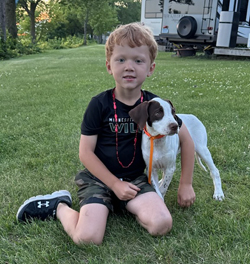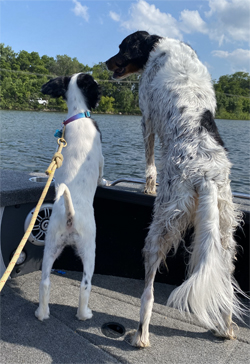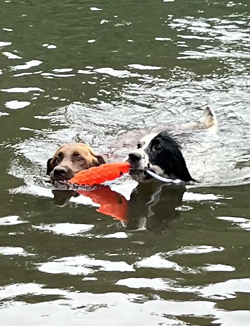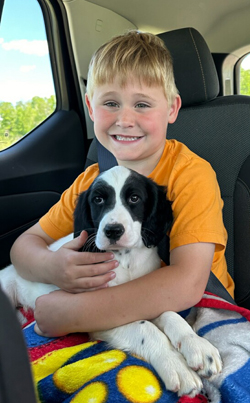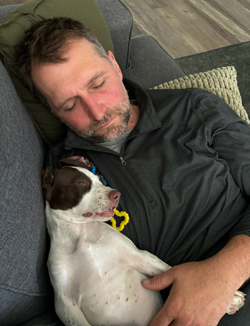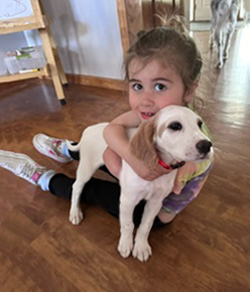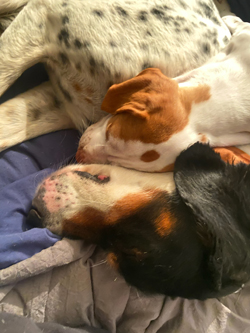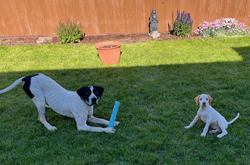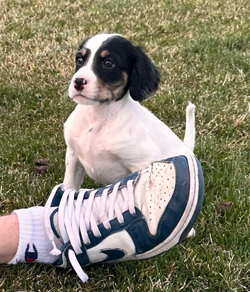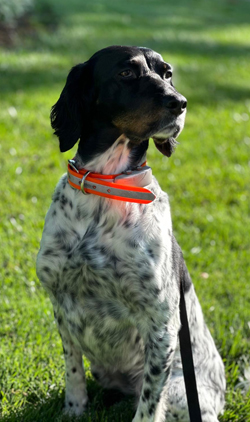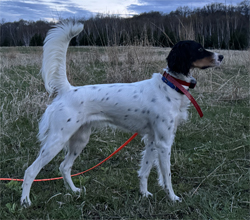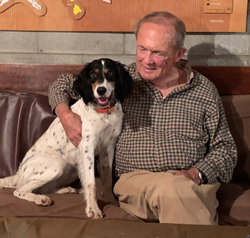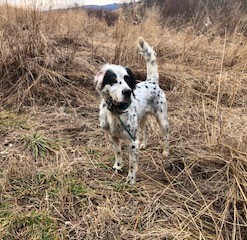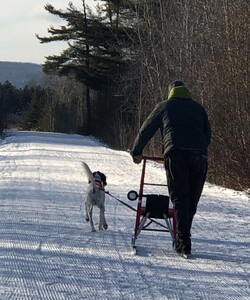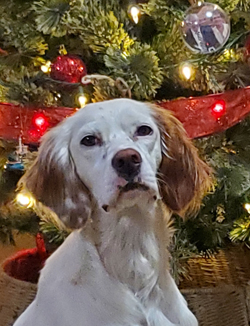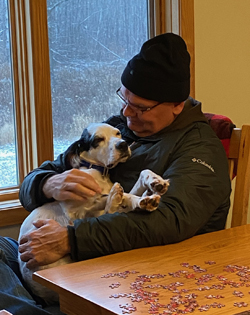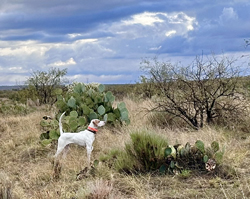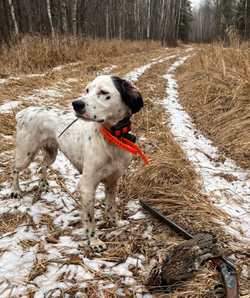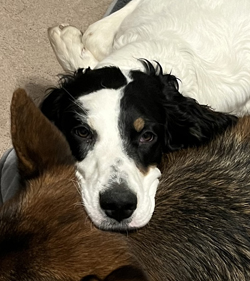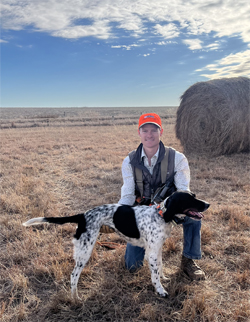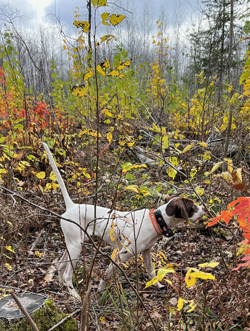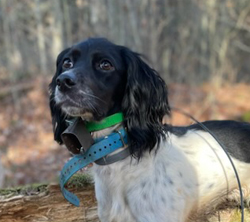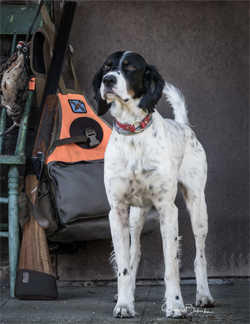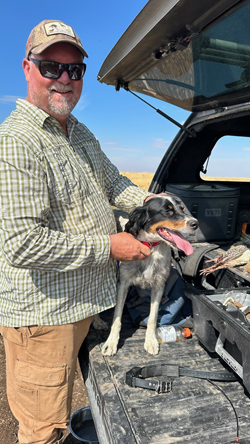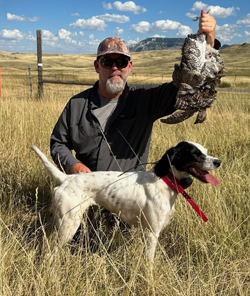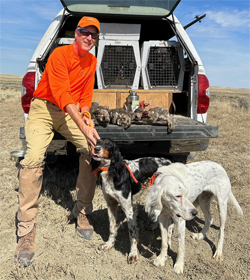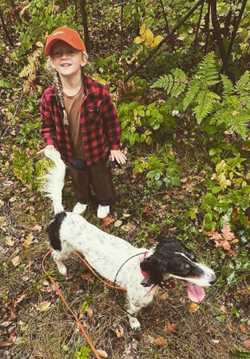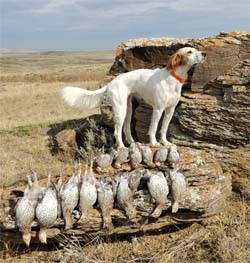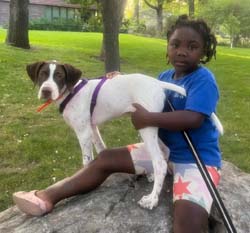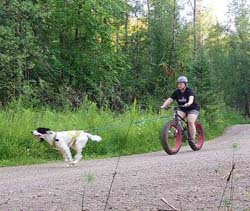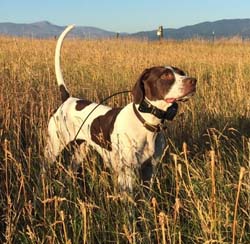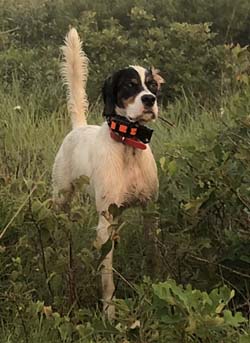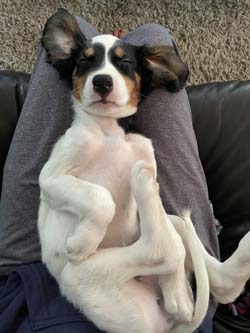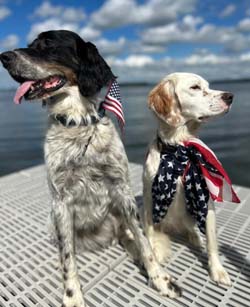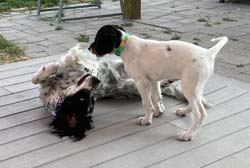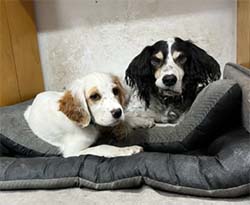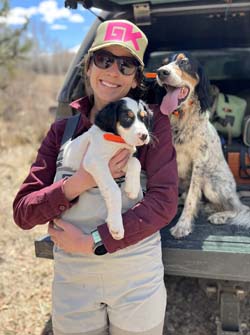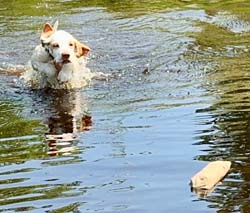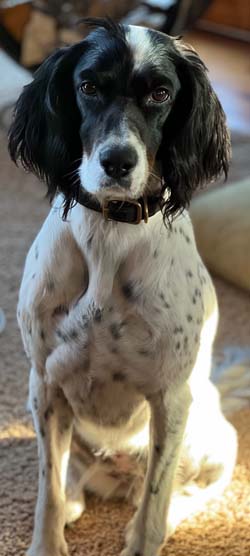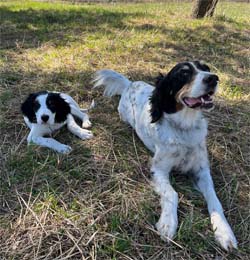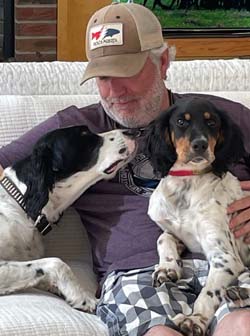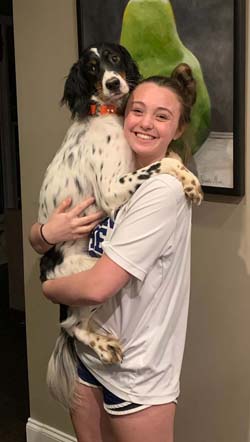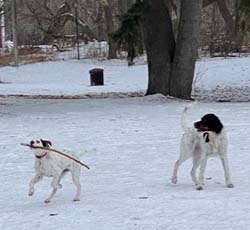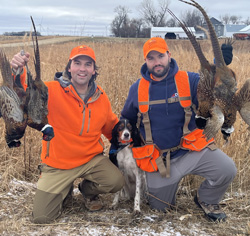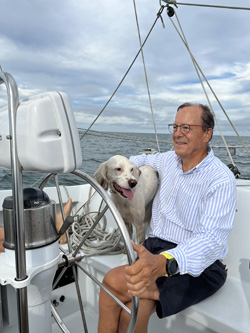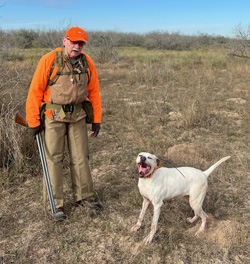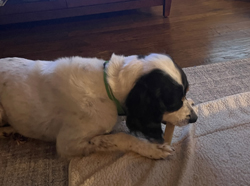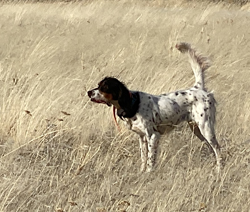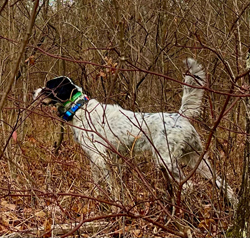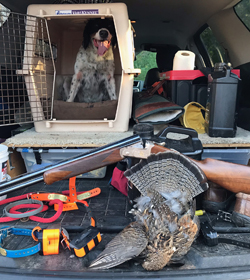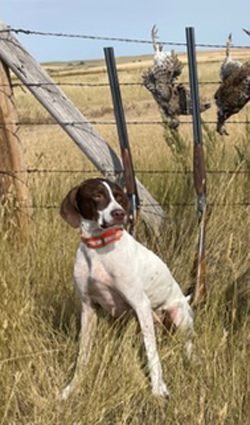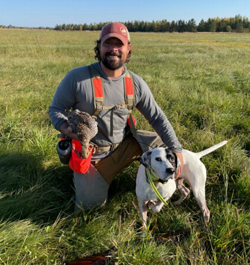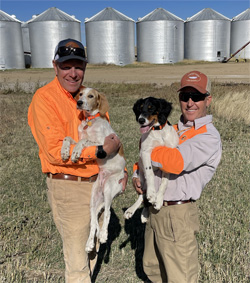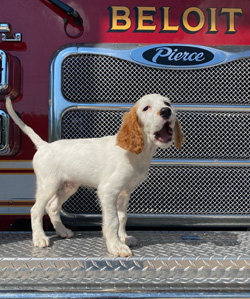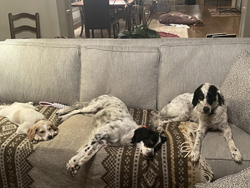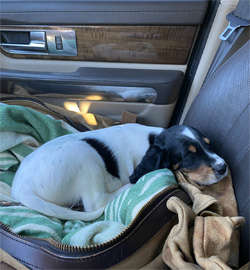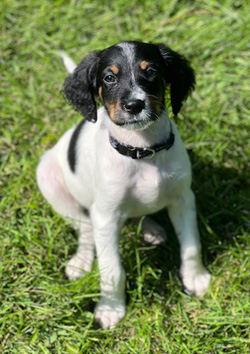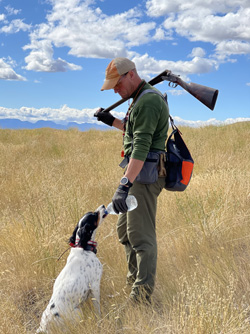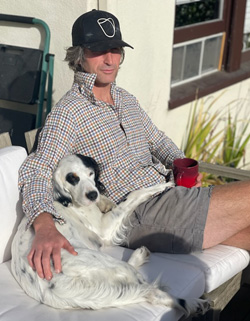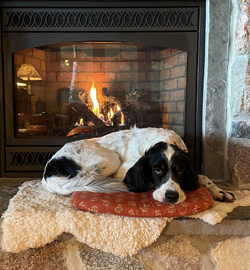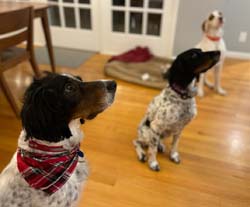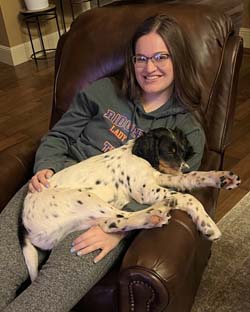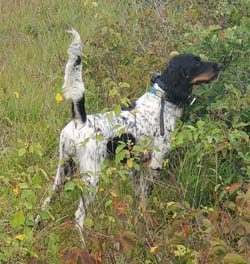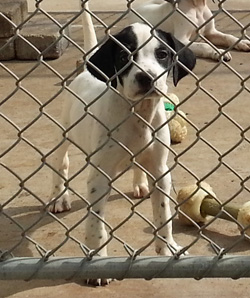The Natural Way: Puppy Development
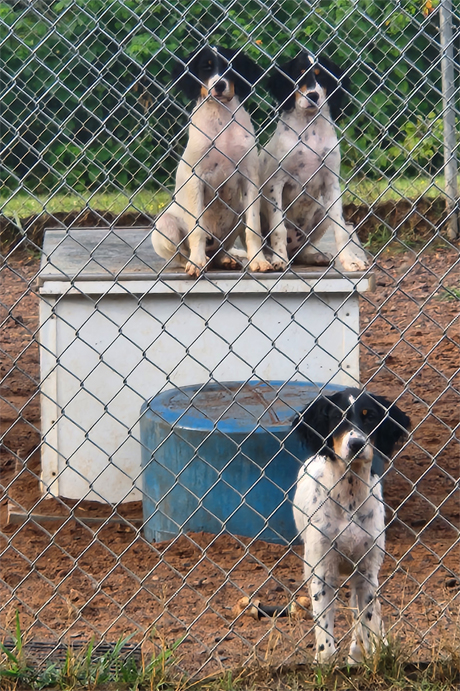
Plenty of physical exercise is crucial to happy, well-developed puppies. They play hard until they tire; then they rest.
Betsy and I believe the first six months of a puppy’s life is crucial to its development. We put tremendous effort into preparing the puppy for situations it will encounter as it matures.
Everyday examples include exposure to different people, exposure to dogs of different ages, introduction to water and getting comfortable going into a crate and loading into a dog box. In early training exercises, exposure to birds, marker training, leash training and spending time on a stakeout chain are all extremely valuable.
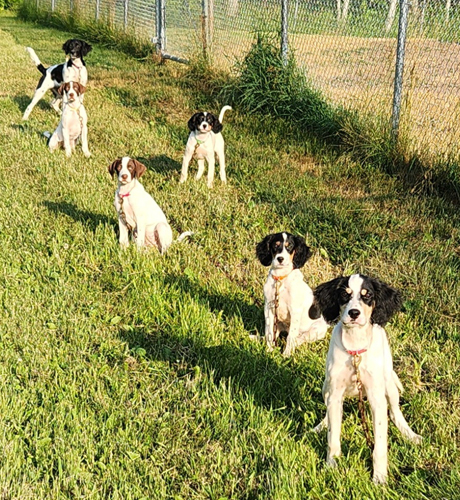
Time on a stakeout chain teaches puppies to be comfortable with restraint. In addition, they learn to give to the chain when another puppy moves around.
A simple and often overlooked key to a happy, balanced puppy is plenty of physical exercise. Our puppies spend mornings in the exercise pens and go for walks of suitable length in various places.
Essential to how we develop puppies is that we rarely force the puppy to do a desired behavior. Instead, we set up the puppy to succeed by making the right choice easy and the wrong choice difficult. We then reward it with a treat when it chooses the desired behavior. We say very litte to the puppy, using verbal cues only when it has learned the behavior. This teaches the puppy to think.
Life experiences, though, are not all positive. Often, puppies learn more from choosing the wrong behavior and suffering the consequence. For us, jumping up on people and excessive barking are two undesirable behaviors that are met with soft “bonks” from a “bonker,” a rolled-up and taped hand towel.
Most behaviors are taught during the normal course of the day. When specific training is required, we keep the sessions very short, usually five minutes or less.
Below are five videos of puppies during our development process this summer. Enjoy!
Tink, Molly and Queen (RU-CH Northwoods Atlas x Houston’s Nelly Bly) are introduced to navigating a stream crossing.
How easy is this? With their bowl of dog food as enticement, littermates Rudolph and Cupid (CH Southern Confidence x Northwoods Comet) can’t wait to load into a truck box.
Fifteen-week-old sisters Tink, Molly and Queen (RU-CH Northwoods Atlas x Houston’s Nelly Bly) learn to use their noses and read littermate’s body language around birds.
Molly learns to choose behaviors that will earn a treat.
Boots (RU-CH Northwoods Atlas x Northwoods Stardust) learns an invaluable lesson. During the first few bird contacts, young puppies often stay on point because they are not bold enough to jump in on the bird. We never flush the birds on these early contacts; instead we allow the puppy time to jump in and flush the bird itself. The puppy becomes bold and confirms that it had the bird well located.




